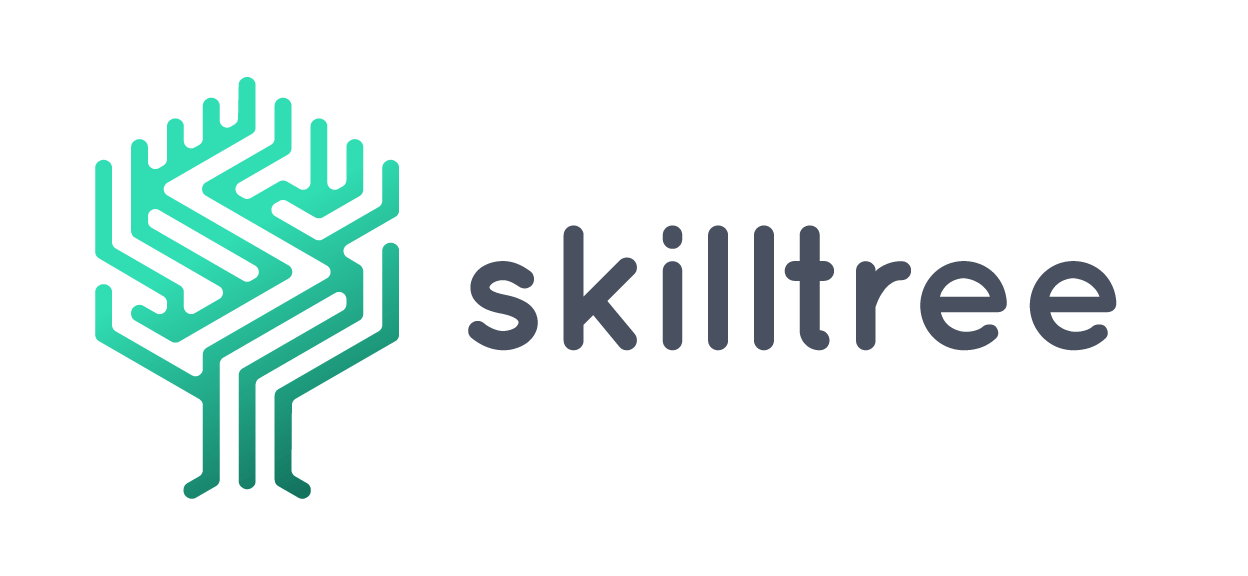We now know that detailed and information-rich skill matrices can be created as needed. That’s why we’re going to show you why Excel is such a popular tool for skill management and how easy it is to create a skill matrix with it. The limitations of skill management in Excel are also highlighted at the end.
Why Skill Management in Excel?
Microsoft Excel has been on the market since the 1980s and is now indispensable for organisations. The versatility of the software solution allows accountants, marketers but also HR managers to benefit greatly. Therefore, creating a skill matrix in Excel has the following advantages for skill management beginners:
- The software is part of the basic equipment in most organisations and therefore there are no additional costs for new software.
- You can find lots of skill matrix templates for Excel on the Internet that you can adapt to your needs and use immediately without spending a lot of time.
- The software offers simple analysis tools to illustrate the information gained and to include it in budget planning, for example.
The Skill Matrix in Excel
If you as an organisation decide to start with Excel you could go through the following 4 steps:
1. Identify the skills you need
Depending on the company and industry, different skills are relevant. Technical organisations do not have to have the same skills as clothing manufacturers or the catering industry.
2. What is to be mapped in the matrix
Before starting to create the matrix, one should first consider which employees should be included in the matrix. In doing so, one could create a matrix for the entire organisation, each department or individual occupational group.
3. Create a rating system
An evaluation system should be used to evaluate employees and then place them in the appropriate areas of the organisation. An example of a system would be the following categories: Apprentice, Finished Apprentice, Master Craftsman.
4. Entering the competences of the individual employees for each skill
Find out which employees have which skills and how well they perform these skills. Once all the competences of employees have been identified, they can be compared with each other and used efficiently in the company.
5. Visualise and analyse data
Through visualisation and subsequent analysis, valuable information is gained that can be used to achieve the company’s goals. Because questions like: Who should be appointed as the new team leader? Based on the data, for which skill should training be organised? Should the training be offered to an entire team or to individuals? Where do you use which resources to be as efficient as possible? can be answered by the results in a data-supported manner.
Limitations of a Skill Matrix in Excel
When it comes to taking competence management to the next level, a competence matrix in Excel is no longer enough, because:
- When more and more employees are taken on and new skills are added, an Excel skills matrix can quickly become confusing.
- The more confusing the matrix, the more difficult it is to keep it up to date.
- If certificates are required for certain skills, it is not possible to upload and deposit them. An interface to other personnel management software solutions would be necessary here, which is also not always integrable.
- There are no authorization systemsin Excel, which is why there is a dependency on the person administering the program.
- The representation of dependencies, competencies and prerequisites to other skills is difficult or even impossible to implement.
Professional skill management tools are an alternative to skill management in Excel. The differences between these systems and Excel can be found in our article on Skill Management Systems vs Excel.
